Active Science Experiments Posts

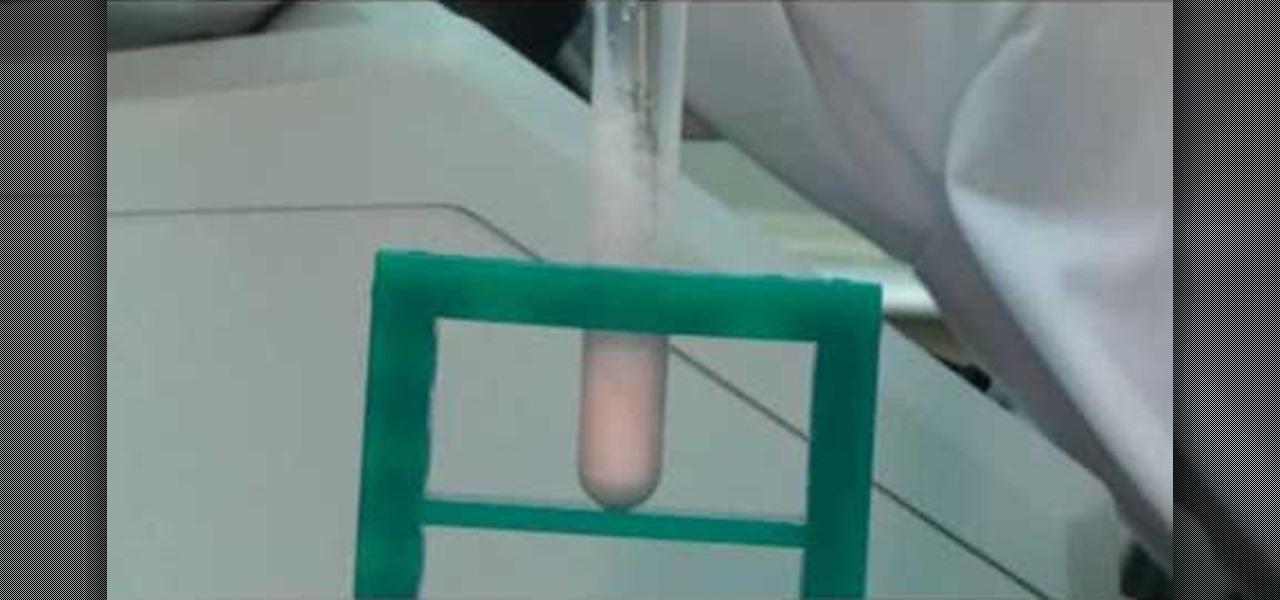
How To: Liquefy a Gummy Bear with high-frequency sound waves using a sonicator
A sonicator is a scientific device used to liquefy cells in order to study their proteins. The same tool can also be used to liquefy other things, including Gummy Bears! This video will show you how to use a sonicator to destroy a Gummy Bear completely in a very scientific way.

How To: Lift fingerprints from a bottle of water with super glue
Does someone keep drinking part of water bottle and leaving them around your house or office, taunting you with their wastefulness? Thanks to forensic technology, it is possible to catch the culprit with easy household materials. This video will show you how to use super glue to lift fingerprints off of a water bottle where normal fingerprint-lifting technology would not be sufficient. Plus, you get to use a heat gun! Always fun.

How To: Perform various candle tricks based on scientific techniques
Here are some simple and fun tricks you can do at home with candles to astound and impress your friends and family. Create an extinguisher using baking soda and vinegar, use smoke to relight a candle and create a vacuum using a candle.
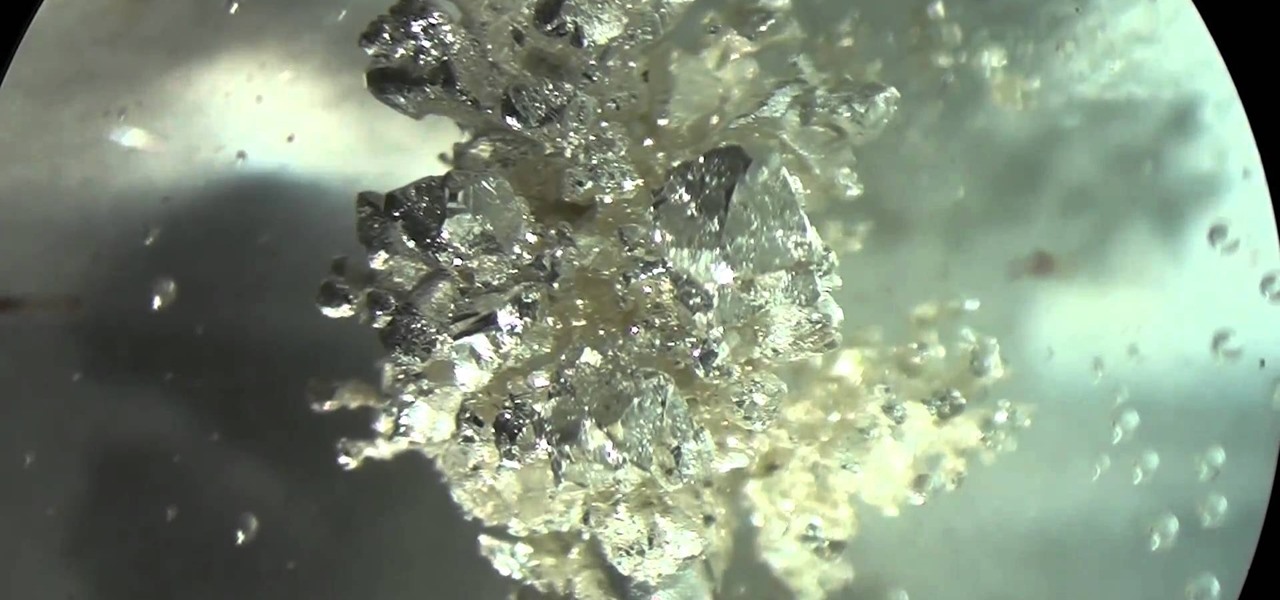
How To: Use electrochemical principles to grow small silver metal crystals
This is a great school project or weekend fun. Grow some silver crystals that you can see under a microscope! Use the princples of electrochemistry to create crystals out of silver metal, and watch them grow right before your eyes.
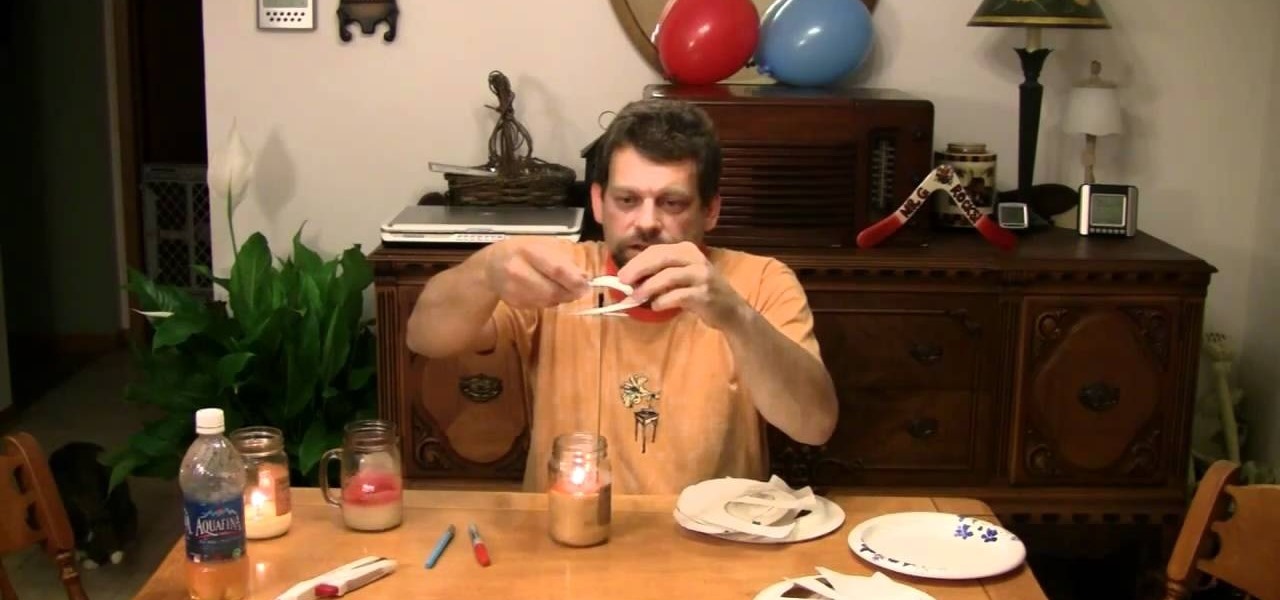
How To: Create a simple, spiraling heat motor with rising hot air
Know someone who's full of hot air? Grab them and make a heat motor with this cool home science experiment with Mr. G. When air is heated, it rises. This experiment uses that natural law to create a simple, spiraling heat 'motor'.
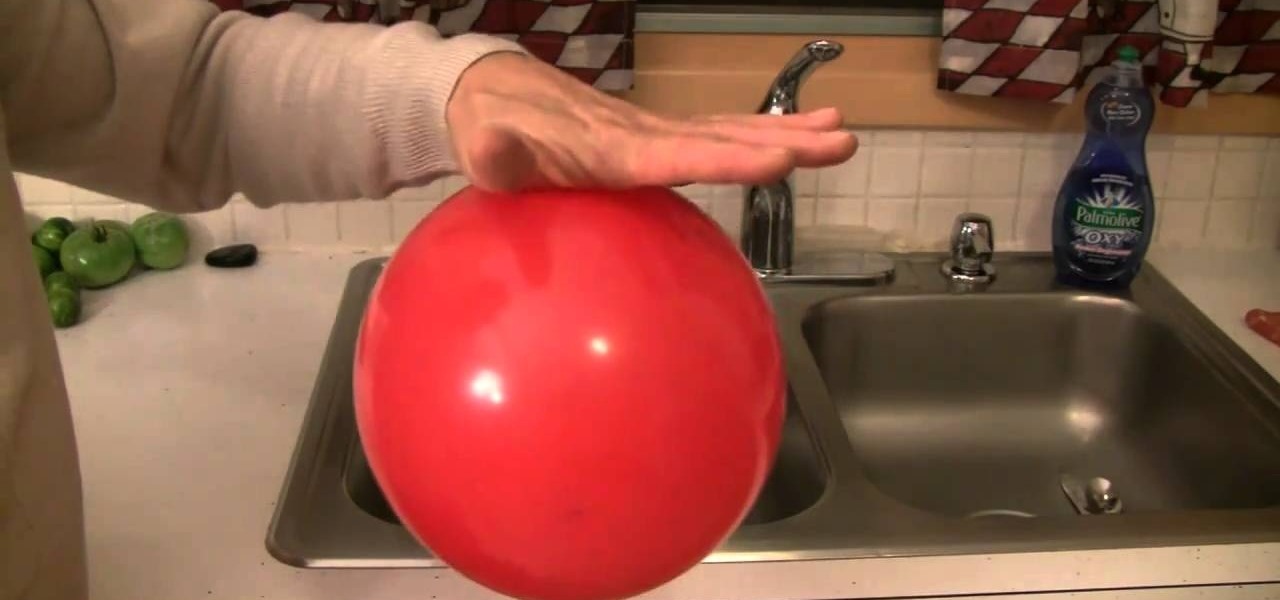
How To: Bend a stream of water with this home science experiment
In this rapid fire video, Mr. G introduces us to the idea of atoms, static electricity, and opposing charges. We've all seen a balloon pick up static electricity from a wool sweater and stick to a wall, but watch how the same charged balloon can bend water! For this experiment you'll need a balloon, a wool sweater and a running tap.

How To: Explore Bernoulli's Principle with this simple home science trick
Bernoulli's Principle states that when an incompressible fluid moves through different sizes of tube, the fluid's speed changes. This simple do it yourself science experiment presented by Mr. G shows this plain and simple.
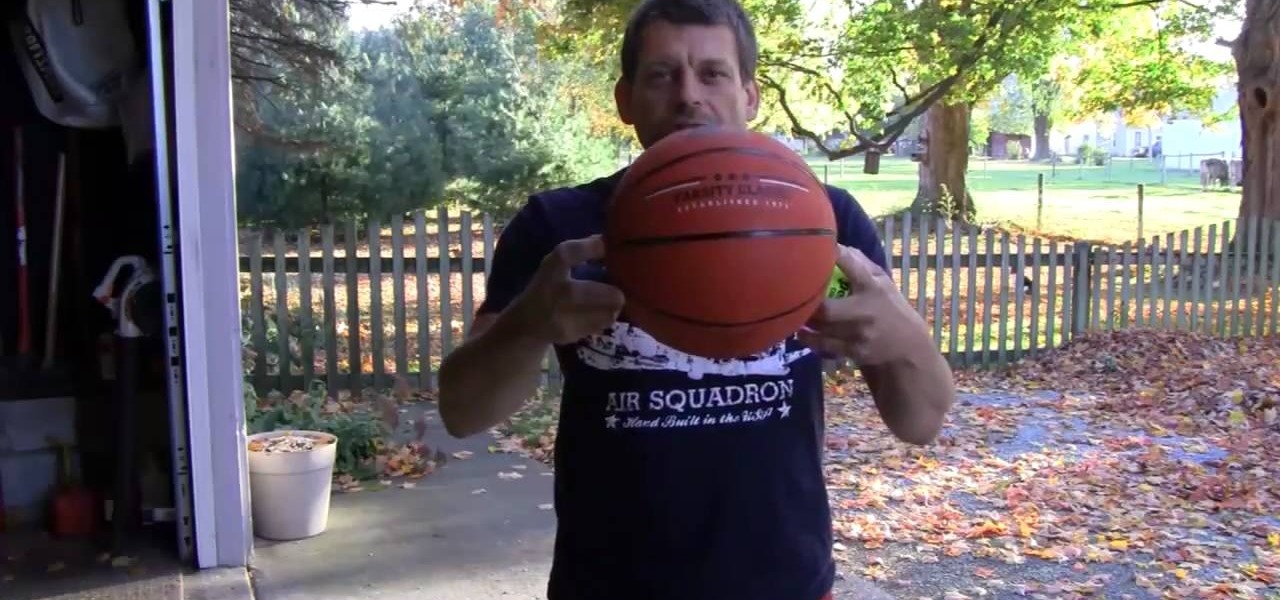
How To: Explore potential and kinetic energy with this rocket balls experiment
Have you got the balls for this experiment? You'll need at least 4; a basketball, tennis ball, squash ball and simple rubber ball. With these in hand, Mr. G will show you how to experiment with potential and kinetic energy while launching these suckers nearly into outer space. 3, 2, 1.... blast off!
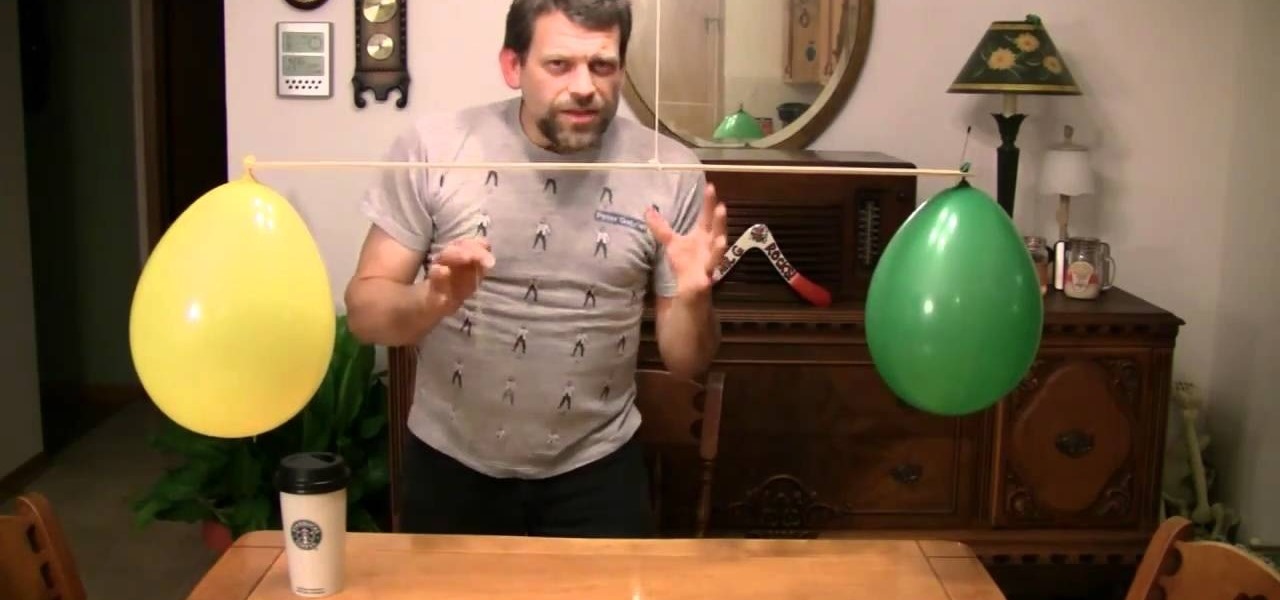
How To: Weigh something you can't see with this cool science trick
With this cool science trick by Mr. G, learn how to weigh something you can't even see! Using a stick, some string and two balloons, you can see in your very own home that air, invisible as it is, has weight. This is a good example to show atmospheric pressure.

News: 100,000 Volts of Theft Protection
Zero chance of your ride being jacked with this level of protection. You will need: a 100,000 volt tesla coil strapped to the roof of your vehicle. Created by tesla master, Peter Terren. Previously, Electrifying Transparent Tesla Coil (DIY!!)

News: World's Tiniest Christmas Card (Invisible to the Naked Eye)
A group of nano-scientists from the University of Glasgow have created the world's smallest Christmas card, measuring in at 200 micro-meters wide by 290 micro-meters tall. (BTW, a micro-metre is a millionth of a meter, and the width of a human hair is about 100 micro-meters.)
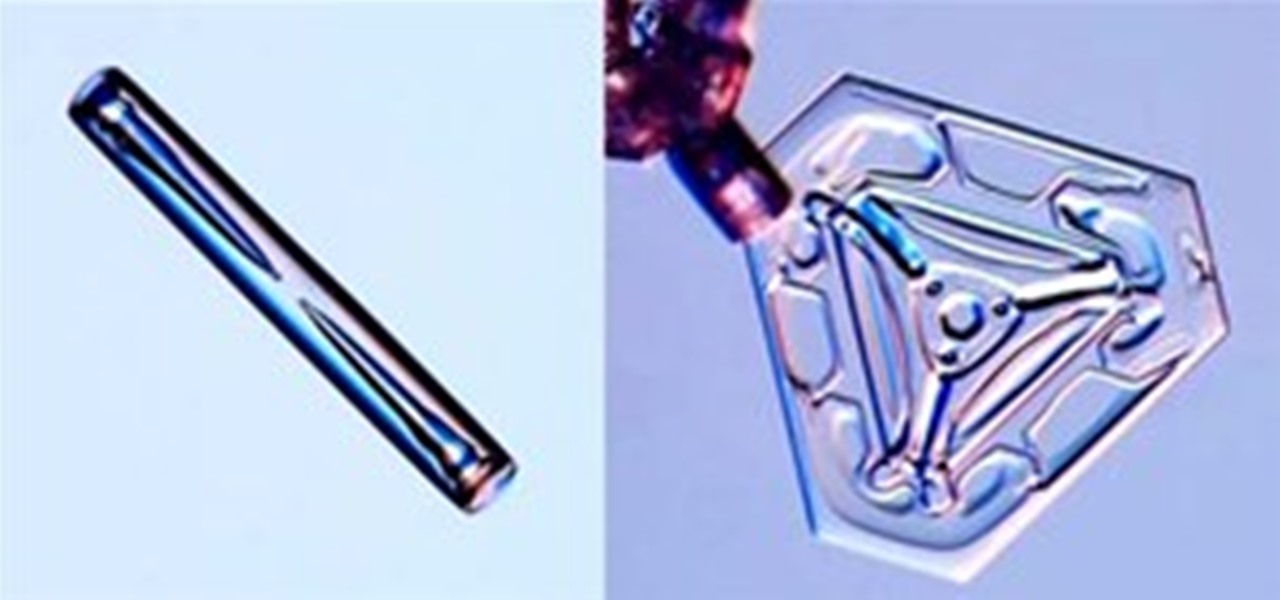
HowTo: Grow Your Own Snowflakes
CalTech's Kenneth Libbrecht reveals the sublime beauty of snow crystals when photographed with a specially designed snowflake photomicroscope. The physicist is author of the Field Guide to Snowflakes and The Secret Life of a Snowflake, and recently posted an instructional guide for growing your own snow crystals.
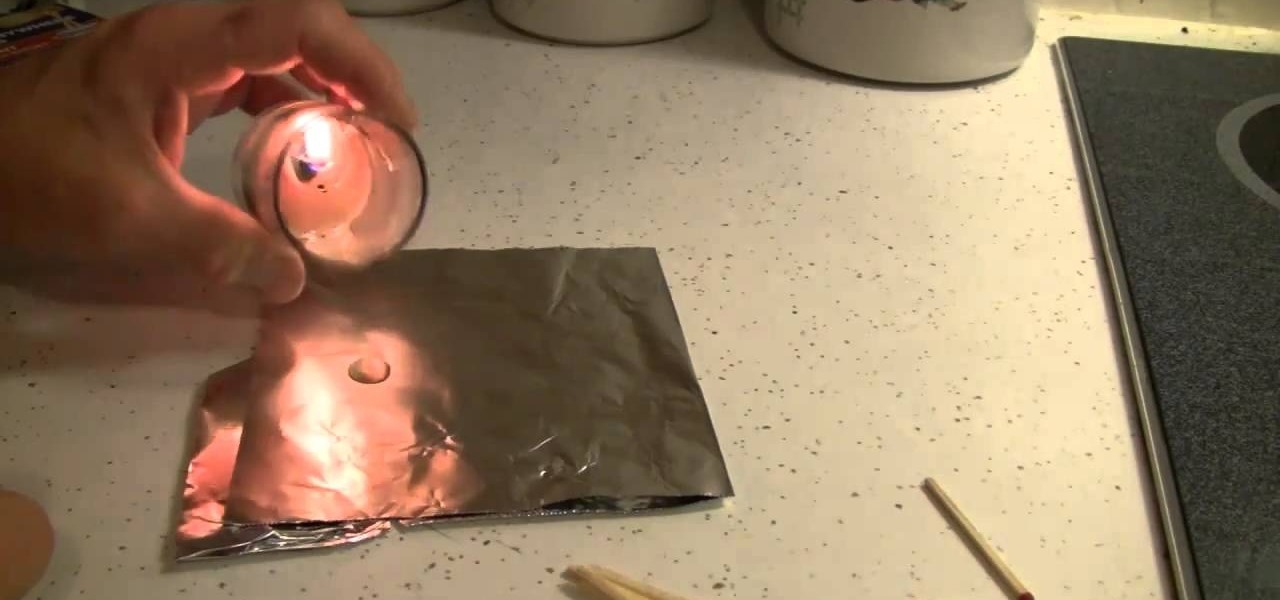
How To: Impress people during the holidays with scientific tricks
Magically get a hardboiled egg into (and out of) a bottle, make a star using toothpicks and challenge someone in a brain teaser using wooden matches. Mr. G demonstrates how in this video tutorial and, for all the eager students whose brains are brimming with curiosity, explains the science behind it all.
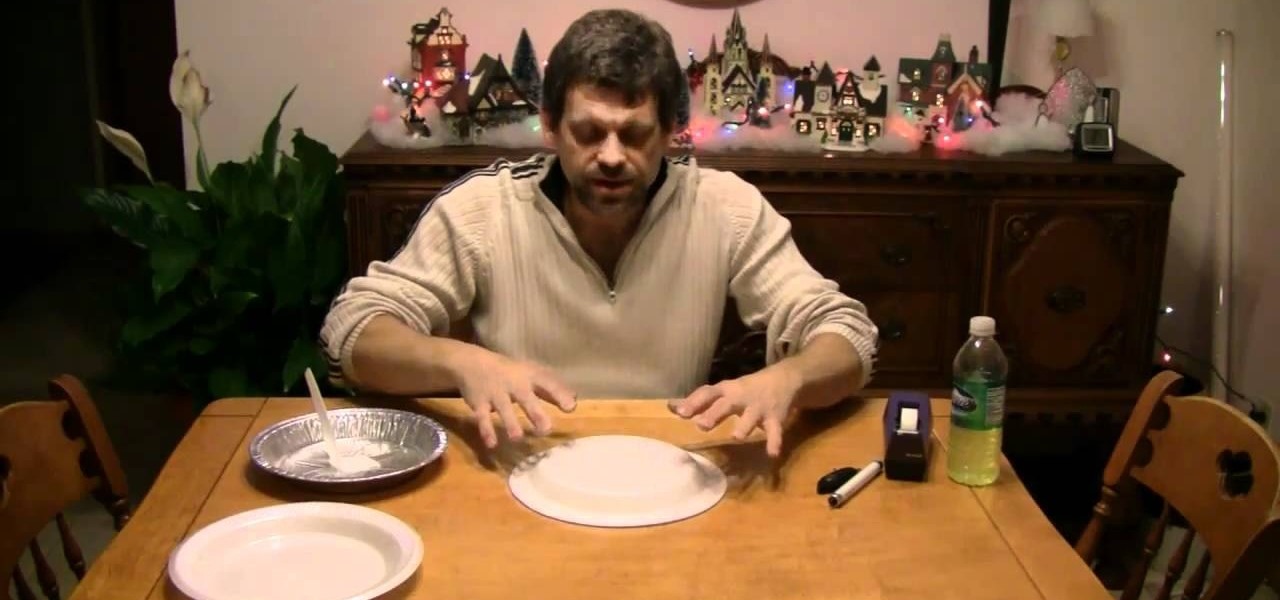
How To: Make lightning using everyday household materials
Make lightning and generate tens of thousands of volts in your own kitchen at home using ordinary household objects! Mr. G demonstrates the amazing Triboelectric Effect and explains the electron exchange via adhesion and separation that makes it all possible.

How To: Watch the Total Lunar Eclipse Tonight (Dec. 20-21, 2010)
Umbra, penumbra. Not exactly abracadabra, but if you've taken an astronomy class, you know exactly what the umbra and penumbra are. And any Earthling would agree that the umbra is the best place to be during a solar or lunar eclipse.

News: Is Your Brain More Powerful Than an Optical Illusion?
Does size matter? When it comes to optical illusions, it does. The size of a human brain's visual cortex determines how he or she sees the world, meaning not everybody observes optical illusions in the same way.

News: The Art of Simple Science
Why does the world work the way it does? Linda Dong takes basic scientific principles and translates them into beautifully simple, explanatory images.
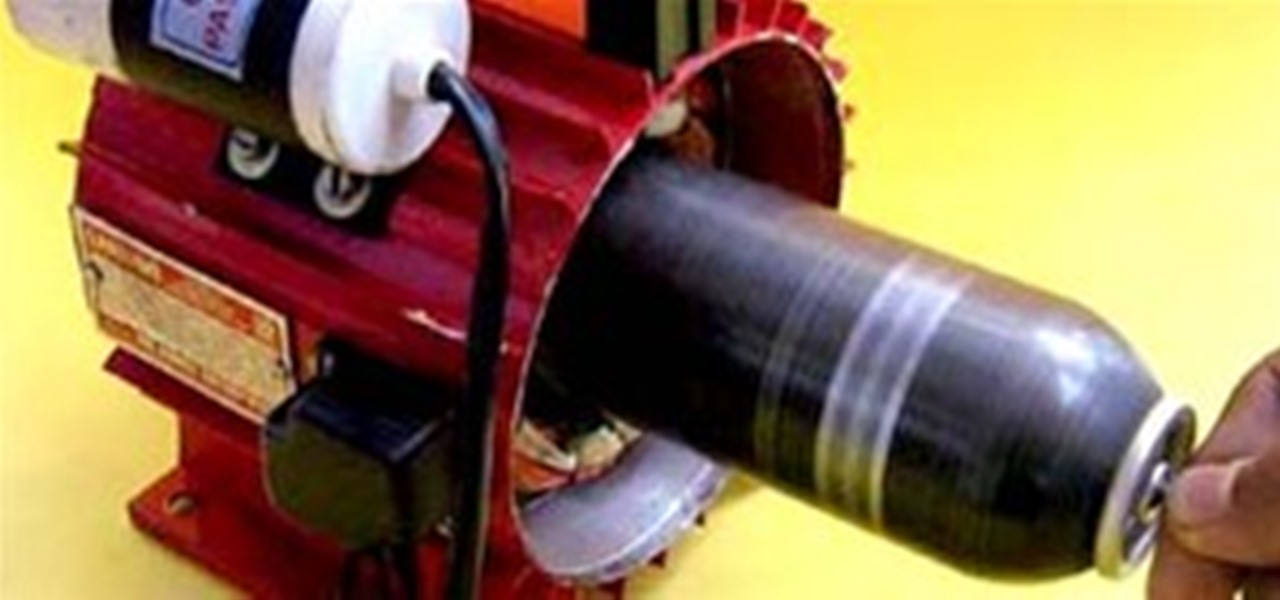
News: DIY Toys Made From Trash + 100's More Easy Tricks & Experiments
Arvind Gupta is an Indian educator and inventor who makes whimsical, elegant toys from simple and inexpensive materials. His site has hundreds of free project tutorials, with simply outlined instructions in the categories of science, math, astronomy and more. Below, peruse the video gallery and images for a selection of Gupta's inspiring work.

How To: Hunt and find fallen meteorites from a meteor shower
The Geminid meteor shower 2010 is tonight, climaxing sometime between midnight and dawn Tuesday. Usually, the Geminid meteor showers in December are awesome spectacles, one of the most intense meteor showers of the year, but this year the moon will be out until after midnight, lessening visibility. But just because you can't see the meteor shower this year, doesn't mean a meteorite or two didn't sneak into Earth's atmosphere, hurdling to the ground, waiting for you to find it. So, get your me...
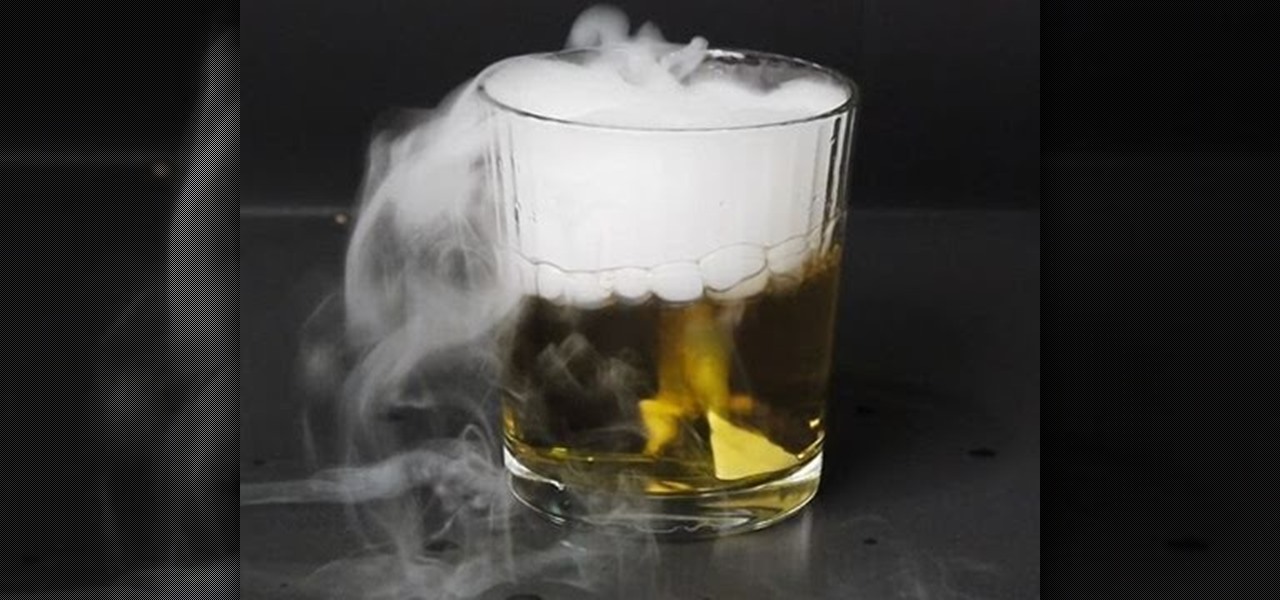
How To: Use dry ice for cool science tricks, including making acid and freezing stuff
If you ever had a cool high school chemistry teacher, they probably demonstrated for you how dry ice can freeze everyday objects. But oh, it can do so much more and freeze so many more interesting things. This video will show you some fun dry ice tricks you can do, from making water acidic to freezing pure alcohol to making tomatoes so hard you can smash them with a hammer.

News: 2010's Most Insane Space Pictures (Yep, That's a Moonbow)
Some of these look like illustrations done by adolescent sci-fi/anime nerds. Totally unreal. A selection from National Geographic's best space pictures of 2010:
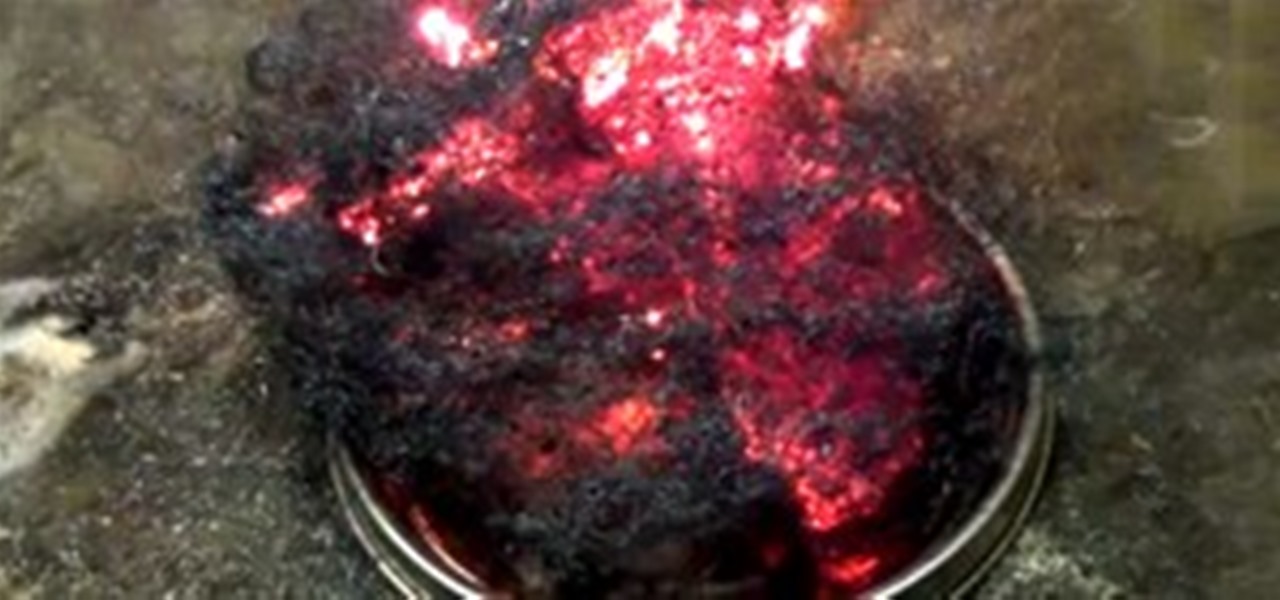
News: The Thrill of Burning Steel Wool
WonderHowTo favorite NurdRage once again triggers the inner mad scientist in all of us (well, all of us WonderHowTo-ians at least). Below, watch what happens when steel wool- found in every common household Brillo Pad- is lit on fire.

News: With 2 Square Meters of Sunlight, You Can Melt Anything
Yep, anything (on Earth). Below, BBC One's Bang Goes the Theory demonstrates how normal sunshine can become a lethal heat-ray of 3,500 degrees celsius (with the aid of a high-performance solar furnace). That's hot enough to melt rocks. More by Bang Goes The Theory:
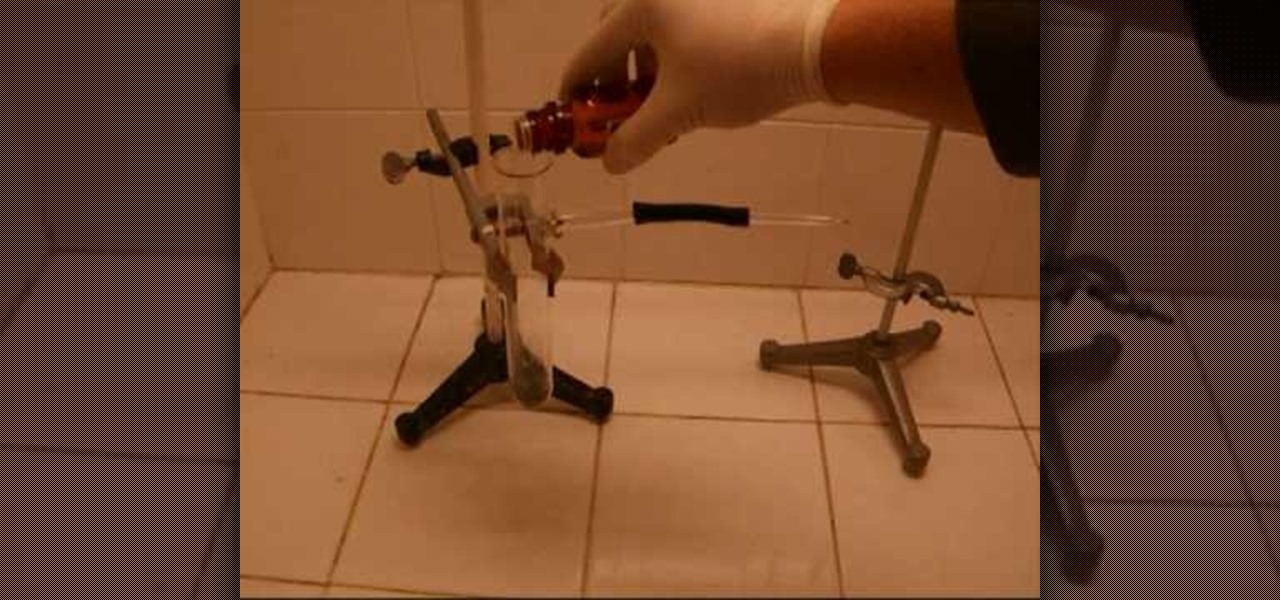
How To: Detect poisonous arsenic levels using the toxicological Marsh test
Was Napoleon's death really due to stomach cancer, or was it arsenic poisoning? Some scientist believe the latter. Arsenic poisoning was a deadly weapon in that era, because it was undetectable when administered over a long period of time, making murder seem like natural causes. But if arsenic (As) is poisonous to most multicellular life, then what's with the newest NASA discovery?
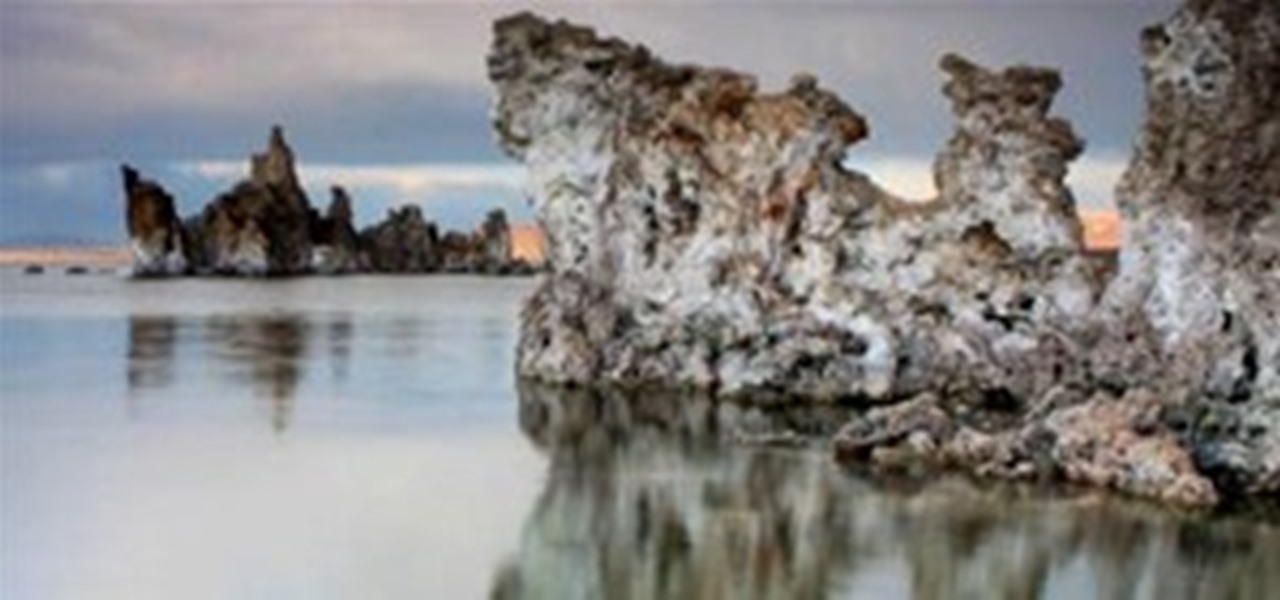
News: NASA to Reveal New Life Form (Watch Live Today)
Despite all the recently transpired web hysteria regarding a mysterious NASA press release, the organization has NOT discovered new life on another planet. However, the latest information does indicate that scientists have discovered a new life form on planet Earth.
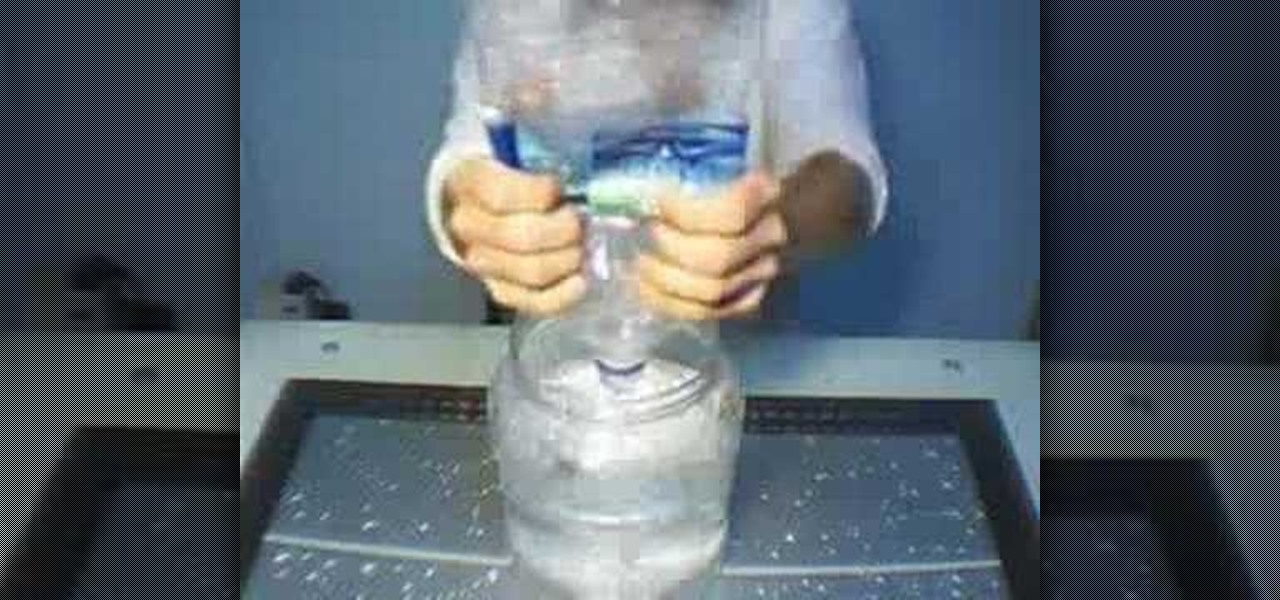
How To: Empty a large water bottle in two seconds with a straw
Bottled-beer chuggers the world over already know that letting air into your beverage with a straw makes it pour faster into your mouth. Did you know, however, that the same technique can be modified and used to empty a fluid into another container (or onto the floor) even more quickly? This video will show you how to use a modified straw technique to introduce air into a large bottle of water or other drink bottle, causing the contents to empty at a torrid pace.
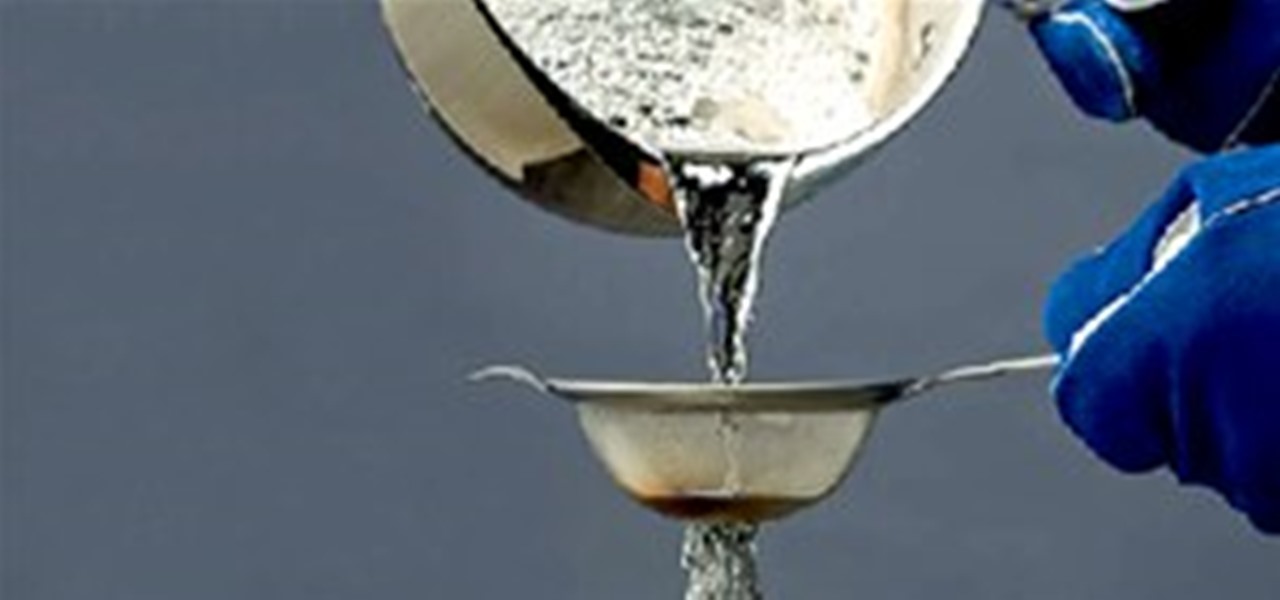
How To: Make Bullets? Make it Rain Molten Lead
In 1782, an English plumber named William Watts came up with a clever method for making shotgun ammo. Watts constructed a six story "shot tower", consisting of a series of perfectly lined up holes, drilled into all six floors of the structure. Watts then poured molten lead through a sieve from the top story, through the holes of each floor, finally landing on the bottom floor in a pool of water. The cushioned impact resulted in a perfectly formed bullet.

How To: Make sodium acetate or a hot ice heating pad
In this how to video, learn to make sodium acetate (hot ice) with household items. Make a heating pad, that is re-usable more than 100 times, with this step by step science experiment.

News: Would You Go on a One-Way Trip to Mars?
Missions to Mars are far and few between because the fuel is so costly. Solution? A pair of scientists are proposing that elderly astronauts are sent on one-way missions to Mars, to boldly go... and not come back:
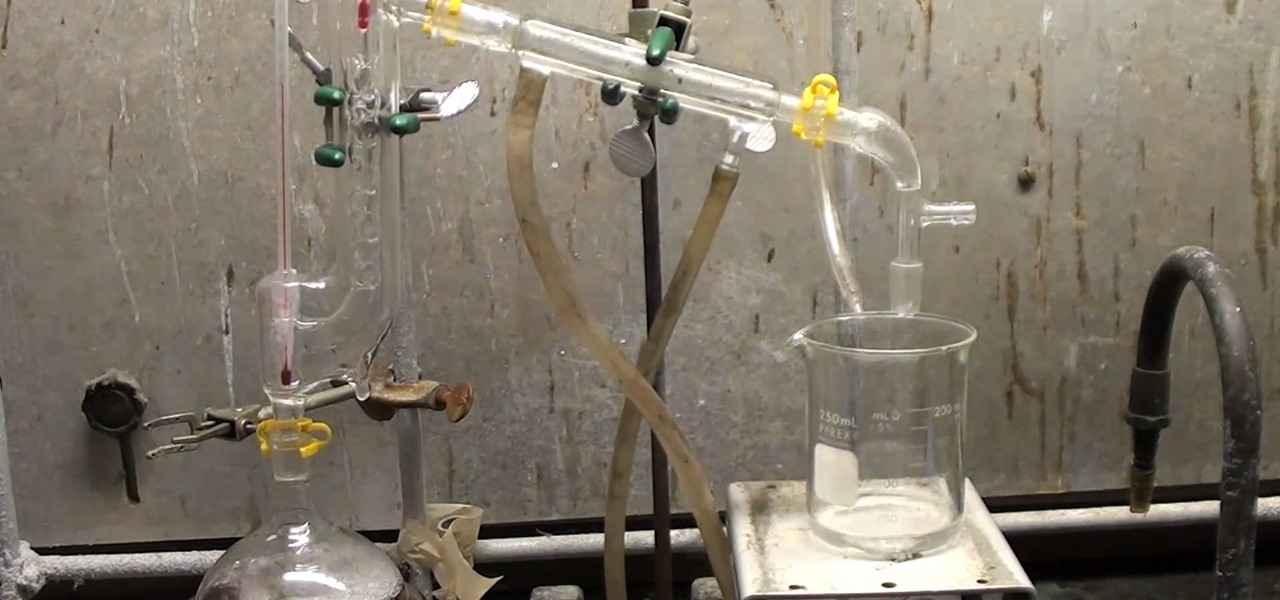
How To: Make hydrazine sulfate with the hypochlorite and the Ketazine process
Hydrazine sulfate has many uses, but most notably, it's been used under the trade name of Sehydrin, a treatment for anorexia, cachexia and some even think cancer. But for we DIY chemists, it's useful for something entirely different— as a substitute for the more dangerous pure liquid hydrazine in chemical reactions. NurdRage shows you how to make it via some hypochlorite and the Ketazine process.

HowTo: Measure the Distance from the Earth to the Moon
Measuring the distance from the Earth to the moon doesn't require NASA equipment. The ancient Greeks did it, which means 2,000 years later, you can do it, too.

News: World's Biggest, Most Badass Laser Aims to Create a Miniature Star on Earth
Introducing the National Ignition Facility. Not only is the name curiously amazing (a facility designated for the act of … combustion?), but it also happens to house the largest, most high energy laser in the world. Why would they create such a thing? To create a miniature star on Earth, with the goal to achieve fusion (re: an unlimited supply of free energy).

How To: Make a candy DNA model
In this video we learn how to make a candy DNA model. First, purchase some black licorice and another color. Grab two each from the pack and then purchase some gummy bears. After this, pick out four different colors from the gummy bears bag. Take your scissors and put the licorice together. Cut one inch pieces so you end up with six of them. These will represent the sugars in the molecules. Once you do this, you will take the string and push it through the holes that are in the licorice. Laye...

How To: Do an animal blubber (fat) glove experiment
In this video, we learn how to do an animal blubber (fat) glove experiment. You will need: a big bowl with ice water in it, 4 plastic bags, thermometers, and some vegetable shortening. To start, you will take the shortening and scoop it into plastic bag and then stick one of your hands in it. After this, stick two bags over your opposite hand with the temperature into it. Then, you will stick each of your hands in the ice water and see which one lasts longer in the ice water. The fat should k...

How To: Make a rocket with your kid
In this tutorial, we learn how to make a rocket with your kid. First, go to a craft store and buy a starter set that has all the parts for the rocket inside of it. After this, you can take all the parts out of it and grab the directions out of it. Use the directions to help your child make the rocket and get together with groups if you want to make a day of it. After you make the rocket, you and your kid can set it off with the others or alone in an open space! Have fun and enjoy making these!
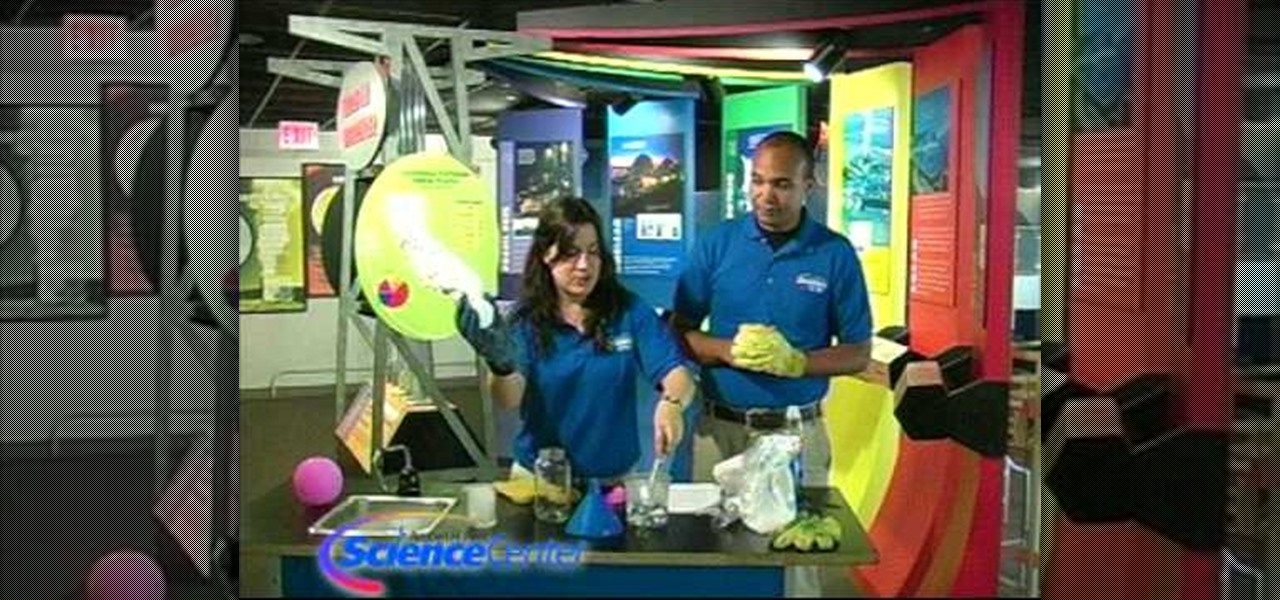
How To: Experiment with dry ice
In this tutorial, we learn how to experiment with dry ice. You can buy dry ice from any grocery store, so grab that and you will also need some soap. After this, grab the dry ice with some thick gloves and set aside. Then, put some hot water inside of a container with some soap. Put the dry ice last inside of the container. After you're finished, you can wait to see the reaction occur! It will start to smoke and make different noises which is fun to watch and see! When done, clean up your are...
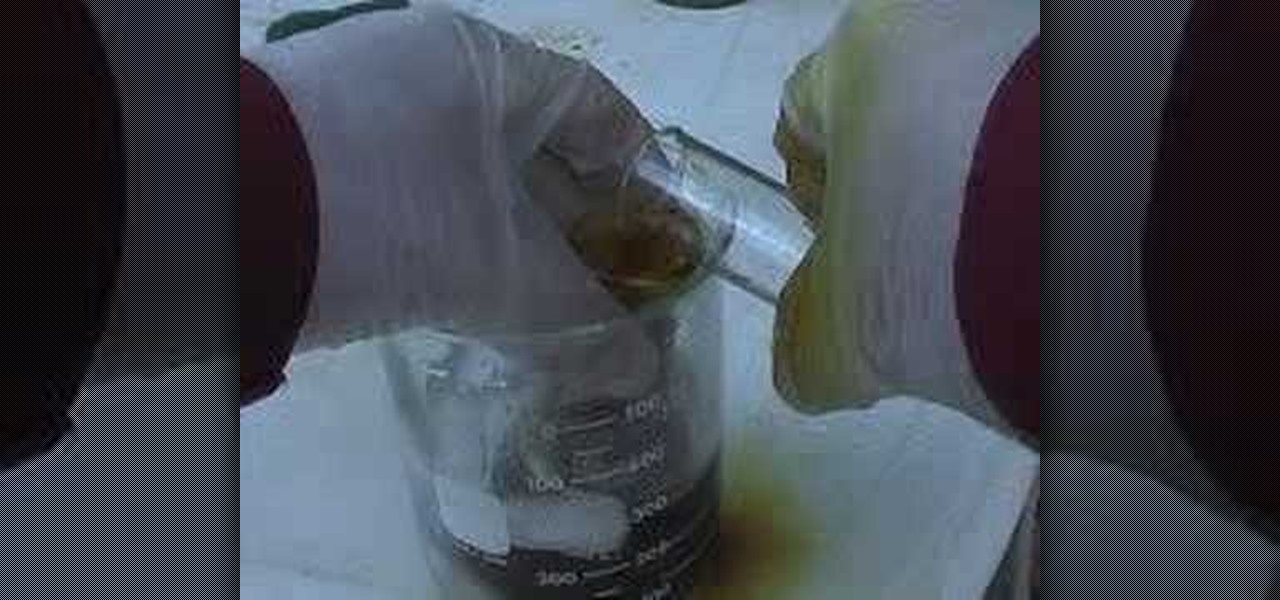
How To: Make iodine easily
In this video, we learn how to make iodine easily. You will need potassium iodine and sulfuric acid to make this. First, add the acid into the potassium iodine slowly. After you add in each part, swirl the beaker slowly so it gets mixed together. After you have added in all of the potassium, you will place this into a beaker filled with ice water while you add in more, because the mixture gets really hot. When finished, you will end up with a mixture that is iodine and nothing else. Fill with...
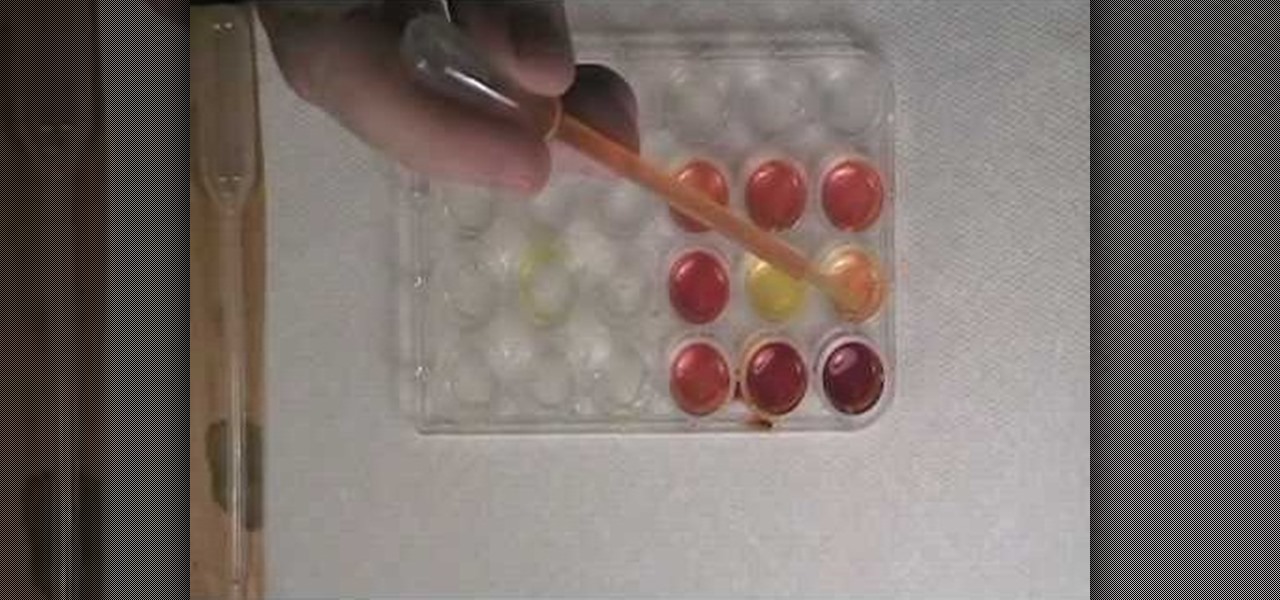
How To: Test for boron with curcumin
Want to test whether the soil sample or a water sample contains boron, watch this video. As shown in the video, the first step is to create test specimens of various concentrations using a simple turmeric and ethanol solution as a base for comparison. The basis of this experiment is the fact that curumin present in turmeric reacts with boron to form a reddish compound and so the result of this reaction can easily be verified visually.

News: Are Diamonds Forever?
As Theo Gray of Gray Matter demonstrates below, contrary to what the ads may say, diamonds CAN expire. Especially when attacked with a blow torch and liquid nitrogen. Gray says:
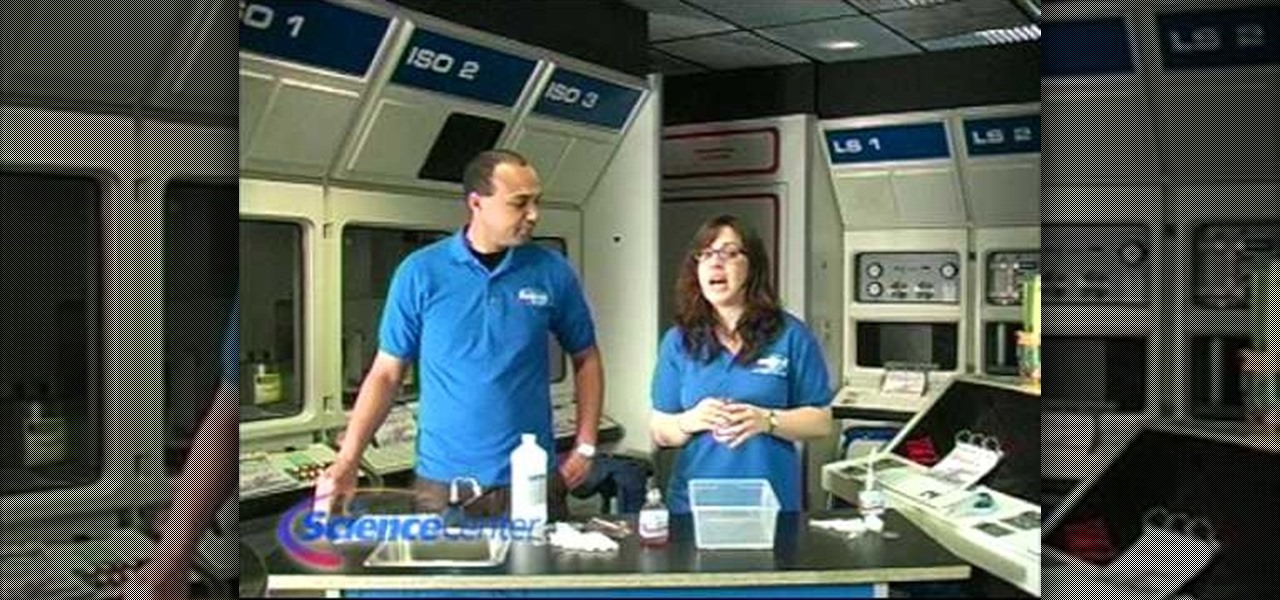
How To: Use chromatography to study plants
This video is a tutorial on how to use chromatography correctly to study plants. The tools needed to complete the task are a plant, jar or bottle, rubbing alcohol, paper coffee filter and a plastic spoon. The first step is to chop the plant up and place it into a jar followed by filling the jar with rubbing alcohol. The jar must then be placed into a pan of warm water for five full minutes. You must stir the plant matter in the alcohol until the plant causes the alcohol to change color. The l...







